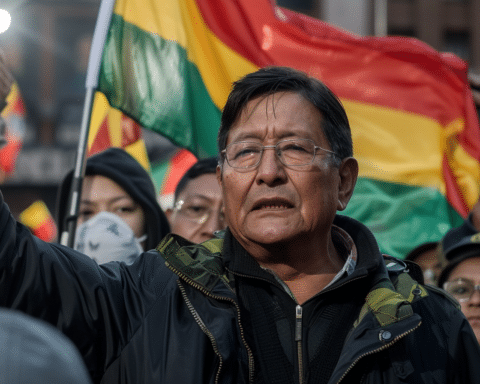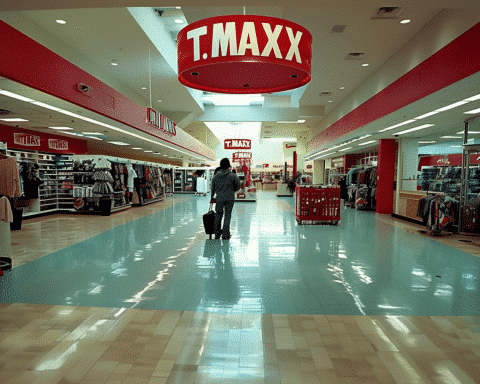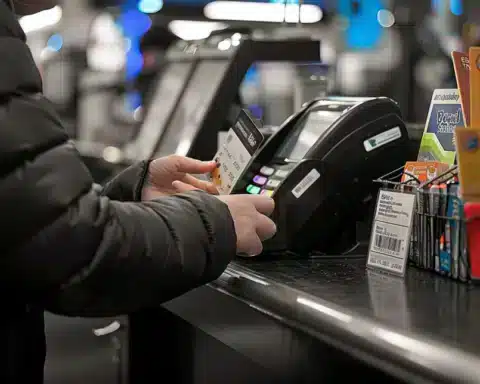In the bustling Harlem neighbourhood of New York City, Target’s red and white bullseye emblem no longer adorns the Manhattan landscape. The retail giant and eight others nationwide have recently closed its first store in the district. These closures have sparked concern among shoppers and raised questions about Target’s growth strategy and resilience in the face of adversity.
John Mulligan, Target’s Chief Operating Officer, remains optimistic despite the current challenges, stating that the company sees “lots more opportunity to grow in New York.” This perspective is consistent with Target’s history of adaptive strategies, as highlighted by Mulligan: “If you go back through time, this is something we’ve done over and over again.” The narrative that emerges is not one of retreat but of calculated realignment in response to market dynamics and consumer safety concerns.
With its fiscal third-quarter earnings on the horizon, Target will reveal its plans to navigate a complex retail environment shaped by the pandemic’s aftermath. From struggling with sluggish sales to addressing inventory and safety issues, Target’s journey reflects a broader industry trend where retailers balance pandemic-induced gains and the economic downturn’s pressures.
Greg Melich, an Evercore ISI retail analyst, encapsulates the retailer’s predicament: “They’ve got to get their customer back.” As Target’s CEO Brian Cornell underscores, the path forward involves recognizing the changing consumer behaviour influenced by persistent inflation and the looming financial pressures of a post-pandemic world.
As Target looks to revitalize its connection with customers, it also decides where to anchor its presence physically. The closure of its Harlem store and the opening of a new one in New York City’s Union Square reflects the dynamic balancing act of maintaining relevance in urban and suburban settings.
The retailer’s store dilemma serves as a microcosm of the more significant shifts within the retail landscape, where the draw of city centers is being reassessed in light of demographic changes and the rise of hybrid work models. And yet, despite these closures, Target’s forward-looking approach is evident in its continued expansion, with new stores planned for areas ranging from Oahu, Hawaii, to Detroit, Michigan.
As the article closes, we are left with the poignant image of locals like Tyrone Davis and Julissa Patoja, whose routines have been disrupted by the closing of their community Target store. Their sentiments echo a broader consumer base grappling with the reality of retail evolution. In this scenario, convenience, affordability, and safety intersect with the strategic imperatives of one of America’s retail titans.




